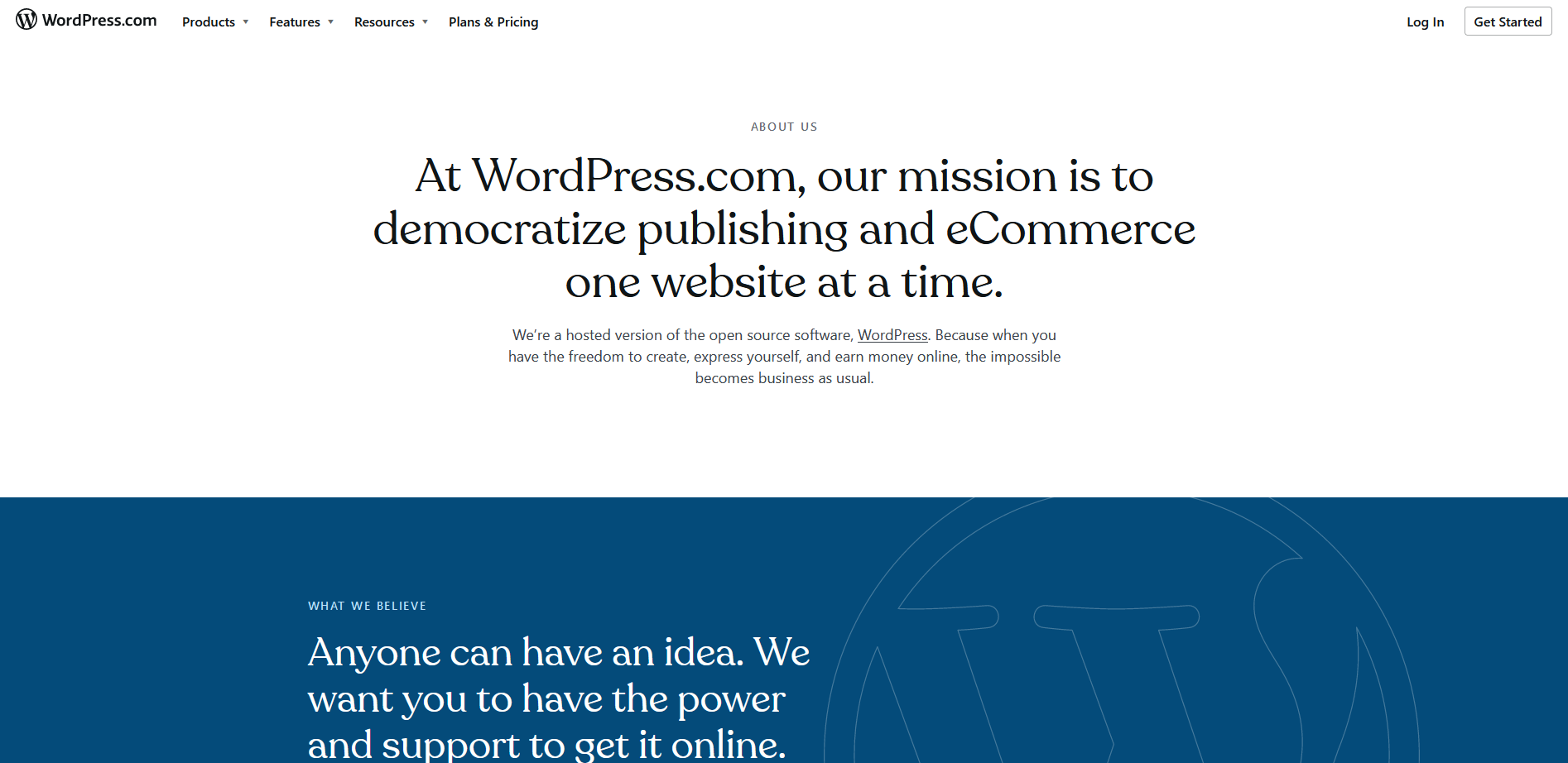Introduction
In today’s digital age, having an online presence is crucial for individuals and businesses alike. Whether you want to share your thoughts through a blog, showcase your portfolio, or run a full-fledged e-commerce store, WordPress is a versatile content management system (CMS) that can help you achieve your goals. In this comprehensive guide, we will delve deep into the world of WordPress, exploring its history, installation, features, and much more.
What is WordPress?
At its core, WordPress is an open-source content management system (CMS) that empowers individuals and organizations to create and manage websites and blogs. Founded in 2003 by Matt Mullenweg and Mike Little, WordPress has evolved from a simple blogging platform into a robust CMS used by millions worldwide. Its user-friendly interface, extensive theme and plugin ecosystem, and strong community support make it an attractive choice for beginners and experienced webmasters alike.
WordPress provides a user-friendly dashboard where you can easily create, edit, and publish content without needing to write a single line of code. This flexibility has made it the go-to platform for bloggers, businesses, news outlets, and even governments.

History and Evolution of WordPress
To truly understand the significance of WordPress, let’s take a journey through its history and evolution.
Early Beginnings
WordPress was born out of a desire to simplify the process of publishing content online. Its roots can be traced back to the b2/cafelog blogging software, which served as the foundation for the first version of WordPress in 2003. This release was groundbreaking, as it introduced a user-friendly interface and a template-driven design.
The Rise of WordPress
Over the years, WordPress gained popularity rapidly. Major updates and improvements, such as the introduction of themes and plugins, transformed it into a versatile CMS capable of handling a wide range of websites beyond blogs. The WordPress community played a pivotal role in this growth, contributing themes, plugins, and valuable support to users worldwide.
WordPress Today
Today, WordPress powers over 40% of all websites on the internet, making it the most widely used CMS in the world. Its success can be attributed to its commitment to open-source principles, which have fostered innovation and collaboration. The WordPress community continues to thrive, with millions of users, developers, and contributors working together to shape the future of the platform.
WordPress Installation and Setup
Now that we’ve explored WordPress’s history, let’s get practical. In this section, we’ll walk you through the process of installing and setting up WordPress on your own hosting environment.
Step 1: Domain and Hosting
Before you can start using WordPress, you’ll need a domain name and web hosting. Your domain name is your website’s address on the internet, while web hosting provides the server where your website’s files will reside. Popular hosting providers like Bluehost, SiteGround, and HostGator offer one-click WordPress installations, simplifying the process for beginners.
Step 2: Installing WordPress
Once you have your domain and hosting in place, you can install WordPress. Many hosting providers offer easy installation options through control panels like cPanel or Plesk. If you prefer a manual installation, WordPress.org provides detailed instructions.
Step 3: Configuring Basic Settings
After installation, you’ll need to configure some basic settings. This includes setting your site’s title, tagline, and time zone. You can also customize your permalink structure, which determines how your website’s URLs will look. These settings are crucial for both SEO and user experience.
Step 4: User Accounts
WordPress allows you to create multiple user accounts with different roles, such as administrators, editors, authors, and subscribers. Understanding these roles and assigning appropriate permissions is essential for effective website management.

